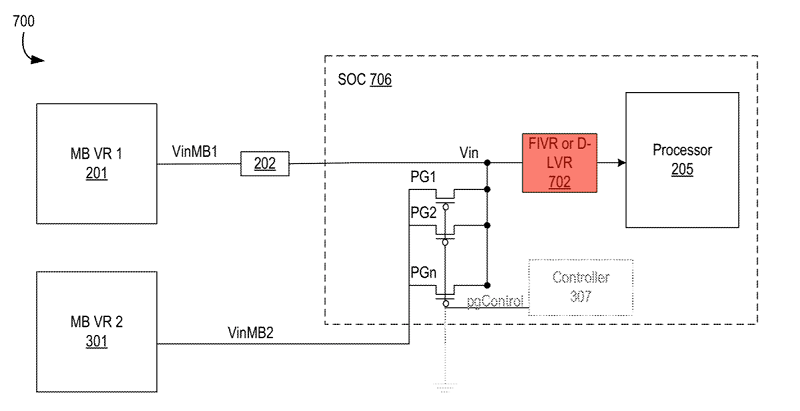The integration of DLVR into Raptor Lake was announced by Intel earlier this year, although we didn’t have many details about how it would work. Those doubts were dispelled after the publication of an Intel patent related to the technology, which claims that using an additional voltage regulator after the primary control system (the motherboard’s VRM) allows for a reduction in CPU core power consumption.
One of the most criticized points of Alder Lake is the high power consumption, which can reach up to 300W in the case of the Core i9-12900K. Fortunately, Intel seems to have a solution to improve this aspect in its successor, Raptor Lake. These processors will feature a new Digital Linear Voltage Regulator (DLVR) that helps reduce the voltage required by the processor, resulting in up to a 25% reduction in power consumption.
According to Intel’s tests, implementing DLVR on a test chip lowered the voltage used by the CPU by 160 mV, resulting in a 20-25% power reduction depending on the task. Intel also tested what happens if we maintain the power level and increase the frequency with the additional margin we have from lower consumption at output frequencies and concluded that thanks to the DLVR implementation, we can achieve 7% higher performance with the same power consumption.
In addition to using DLVR, Raptor Lake 8 will add additional high-efficiency cores, have IPC improvements in both high-performance cores and high-efficiency cores, and have a larger cache and higher performance, making it an interesting upgrade to keep Intel competitive with Zen 4 through the end of 2022.
